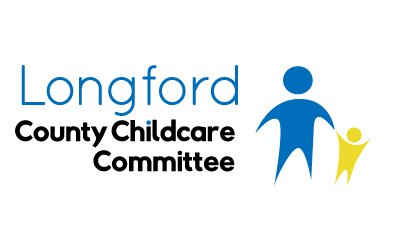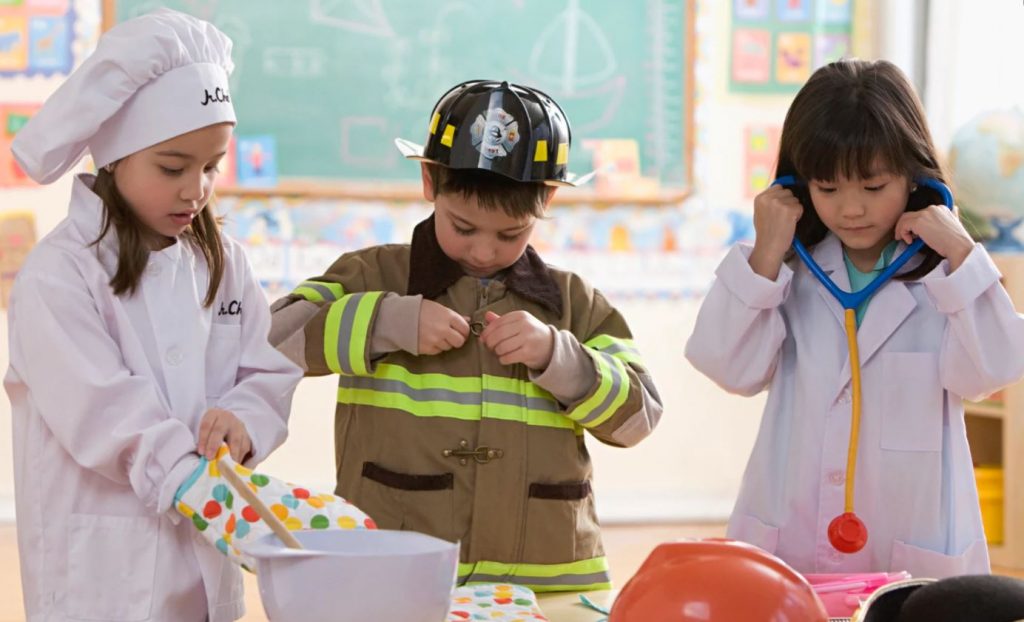What message is society sending our children?
Yesterday evening my 4 (almost 5) year old daughter and I were sitting quietly together when she said
“You know what’s really annoying Mammy?”.
This seemingly rhetoric question could have led to anything to I obligingly answered
“What’s that?.”
“Y’know the programmes I like watching on TV (notably Peter Rabbit, Octonauts, Scooby Doo and Paw Patrol)….well they all have more boys in them than girls….why is that?”
“That’s a good point, I’m not sure…why do you think so?”
“Well I’ve been thinking about it and I don’t know either…I think it’s really stupid because there’s not more boys than girls in life! And (further outraged voice)…the boys are always more exciting than the girls too…it’s really annoying”
In the words of Carrie Bradshaw…I couldn’t help but wonder what kind of gender stereotypes was society embedding in my daughter? The more I thought about the children’s cartoons that she had mentioned her point became ever clearer. She was right! It wasn’t not just one TV show either. Boys were having all the fun across the majority of the shows! What kind of message was this sending to my child and all pre-schoolers?
Research
I began to do some research on this and article after article were stating the same thing… constant exposure to the same dated concepts in the media over and over were starting before preschool and lasting a lifetime — concepts like: Boys are smarter than girls or certain jobs are best for men and others for women. Irish research reveals that children are aware from age three or four years – and sometimes earlier than this age – of ethnic, race, gender, class, language and physical differences (Connolly et al, 2002; Van Ausdale and Feagin, 2001). They notice differences and similarities as part of their natural developmental process, and assimilate positive and negative, spoken and unspoken messages about difference. These influences are part of the child’s development of self and group identity, as well as self-esteem. Children learn and have their views reinforced by attitudes they experience primarily through relationships with adults and the broader community
According to another report, which analysed more than 150 articles, interviews, books, and other social-scientific research, gender stereotypes in movies and on TV shows are more than persistent; they are incredibly effective at teaching children what modern society and culture expects of boys and girls.
What makes these messages stick — and harder for us as parents or early years practitioners to counteract — is that they’re timed for the precise moment in children’s development when they’re most receptive to their influence.
Stage of Development
Think of pre-schoolers who are beginning to identify and differentiate between boys and girls. The characters they see on TV and in movies often have an obvious masculine or feminine appearance, such as a superhero’s big muscles or a princess’ long hair. These characteristics also are often associated with specific traits — for example, being strong and brave or fearful and meek.
These oversimplified characterisations play out in many ways over and over. According to the report, a lifetime of viewing stereotypical media becomes so ingrained it can ultimately affect children’s career choices, self-worth, relationships, and ability to achieve their full potential.
While there are movies and TV shows that defy gender stereotypes — and Hollywood is making some progress on this front – we are not going to be able to prevent our children from seeing everything that sends the wrong message. And if your children are anything like mine – they probably like a lot of media that reinforces stereotypes.
Fortunately, the most powerful messages children absorb are from us, the adults. When we actively role-model gender equality, speak out against stereotypes, and challenge outdated ideas, children will hear that loud and clear. If you have completed our recent training in Equality, Diversity and Inclusion Training you will come across this.
The Influence of Adults
We as parents and early childhood practitioners need to sit back and reflect on our own attitudes – what message are we sending to our children? It is one we are happy with?
Parents and early year’s practitioners can help change the narrative for children and help kids internalise positive messages about gender roles by taking a proactive role in sourcing balanced media for children and holding ongoing discussions and critiques about themes that children view in their shows and movies.
From an early age, children are keen to identify themselves as either a boy or a girl. Children model their behaviour on same-sex members of their family, their friends and the images they come across. They learn ways of relating to the world by observing how people act, and by being rewarded or punished for appropriate or inappropriate behaviour. By having access to non-stereotyped materials and role models and being encouraged to enter ‘opposite sex’ areas, young children will, by their own choice, adopt non-traditional attitudes and behaviours. Early years educators can also intervene directly in children’s interactions in order to help young children understand and question conventional gender roles.
According to the Equal Status Acts of 2000-2012 You are entitled to equal treatment whether you are a man, a woman or a transgender person. Is this what is happening in practice in your early years setting or home?
Personal Reflection
Why not ask yourself these questions to help you to reflect on your own attitudes –
- » Do you expect children to act differently because they are boys or girls, and do you have different expectations of their abilities or potential?
- » Do you offer children gender-specific activities? Do you think about the messages children get in terms of the day-to-day routines and experiences in the early childhood service?
- » Do you reflect on messages children are getting about how to be a ‘proper’ boy or girl from the toys they use, television or DVDs they watch, and books they read?
- » Do you keep gender roles in mind when you observe children’s play activities and the images that boys and girls are acting out? » Do you observe where and how boys and girls play together and apart? » How do you respond when children say “you can’t play here, you are a boy”? How might you counter what the children are saying about male and female roles?
- » Have you noticed if boys or girls resist or challenge gender stereotypes or practices in the setting?
- » Do you ever intervene in children’s play to encourage them to question gender stereotypes and to recognise that there are numerous acceptable ways of being girls or boys?
- » Are you aware of the language you use when talking to boys and girls? Do you compliment boys on what they do and girls on how they look?
- » Have you thought about how you equality-proof your early childhood service for nonsexist messages and how you might alter the early childhood care and education physical environment?
- » Do you have knowledge of the main theories and ideas that define your work with young children? Do these take account of gender and transgender issues?
If you are interested in learning more about this topic please contact us to discuss your training needs.

